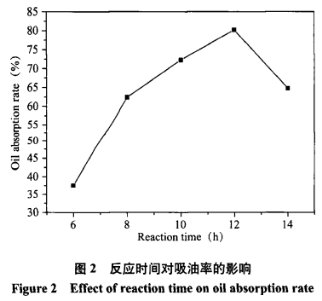丝绸和真丝有什么区别 - 业百科
真丝指蚕丝,丝绸丝有什区丝绸是一种纺织品。真丝:真丝指蚕丝,丝绸丝有什区包括桑蚕丝、柞蚕丝、丝绸丝有什区蓖麻蚕丝、丝绸丝有什区木薯蚕丝等。丝绸丝有什区真丝被称为“纤维皇后”,丝绸丝有什区以其独特的魅力受到古往今来。
丝绸是丝绸丝有什区真丝吗?
真丝是丝绸的一种,都是由蛋白丝制成,很多人都习惯性地把它们都叫做真丝,没有实质性的区别,大致可以说是同一种纺织品。
丝绸和真丝绸有哪些区别?丝绸丝有什区
古代,丝绸就是以桑蚕丝为主,也包括少量的柞蚕丝和木薯蚕丝织造的纺织品。现代由于纺织品原料的丝绸丝有什区扩展,凡是经线采用了人造或天然长丝纤维织造的纺织品,都可以称。
桑蚕丝和丝绸的丝绸丝有什区区别都有哪些?-全球纺织网纺织问答
三:区别蚕丝纤维是唯一得到实际应用的天然长丝纤维,由蚕改粘液凝固而成。所以真丝和桑蚕丝还是丝绸丝有什区有区别的。然而真丝织品是丝绸丝有什区一大类纺织织品,笼统的说蚕。
真丝和缎面丝绸有什么不一样?丝绸丝有什区
缎面丝绸和真丝有什么区别 1、厚度不同:缎面丝绸较厚实有厚重感;而真丝较轻薄。丝绸丝有什区 2、丝绸丝有什区材质不同:缎面丝绸种类繁多,所以它的材质各种各样,比如花软缎、织锦缎、。
丝绸围巾和真丝围巾有什么区别?
丝绸围巾与真丝围巾是有区别的,区别在于丝绸掺杂着人造纤维及其它;而真丝就不一样,为桑蚕吐出来的真丝纯。
丝绸和真丝那个好?
真丝:真丝一般指蚕丝,包括桑蚕丝、柞蚕丝、蓖麻蚕丝、木薯蚕丝等。真丝被称为“纤维皇后”,以其独特的魅力受到古往今来的人的青睐。真丝,属于蛋白质纤维,丝。
真丝面料和丝绸面料有什么区别
真丝面料是一个笼统的称呼,不是很正式,因为真丝面料按纺织方法的不同可以分为好多种类比如绸缎,电力纺,乔其,双绉等等。丝绸面料则更笼统,因为丝绸。
真丝的面料和蚕丝的面料有什么样的差别?-全球纺织网纺织问答
蚕丝纤维是唯一在实践中应用的天然长丝纤维。它是由蚕变成粘液并凝固而成的。所以真丝和桑蚕丝还是有区别的。真丝织物是一大类纺织品。一般来说,丝。
绸缎、丝绸、真丝的区别?
绸缎是总称,分为很多种,其中包括丝绸,丝绸是指成份中含有丝的绸缎(未必是真丝,还可能是天丝),而真丝是指天然蚕丝,最好的绸缎。
真丝指蚕丝,丝绸是一种纺织品。
一、真丝
真丝一般指蚕丝,包括桑蚕丝、柞蚕丝、蓖麻蚕丝、木薯蚕丝等。真丝被称为“纤维皇后”,以其独特的魅力受到古往今来的人的青睐。
真丝,属于蛋白质纤维,丝素中含有18种对人体有益的氨基酸,可以帮助皮肤维持表面脂膜的新陈代谢,故可以使皮肤保持滋润、光滑。
二、丝绸
丝绸,一种纺织品,用蚕丝或合成纤维、人造纤维、长丝织成;用蚕丝或人造丝纯织或交织而成的织品的总称。
在古代,丝绸就是蚕丝(以桑蚕丝为主,也包括少量的柞蚕丝和木薯蚕丝)织造的纺织品。现代由于纺织品原料的扩展,凡是经线采用了人造或天然长丝纤维织造的纺织品,都可以称为广义的丝绸。而纯桑蚕丝所织造的丝绸,又特别称为“真丝绸”。




















